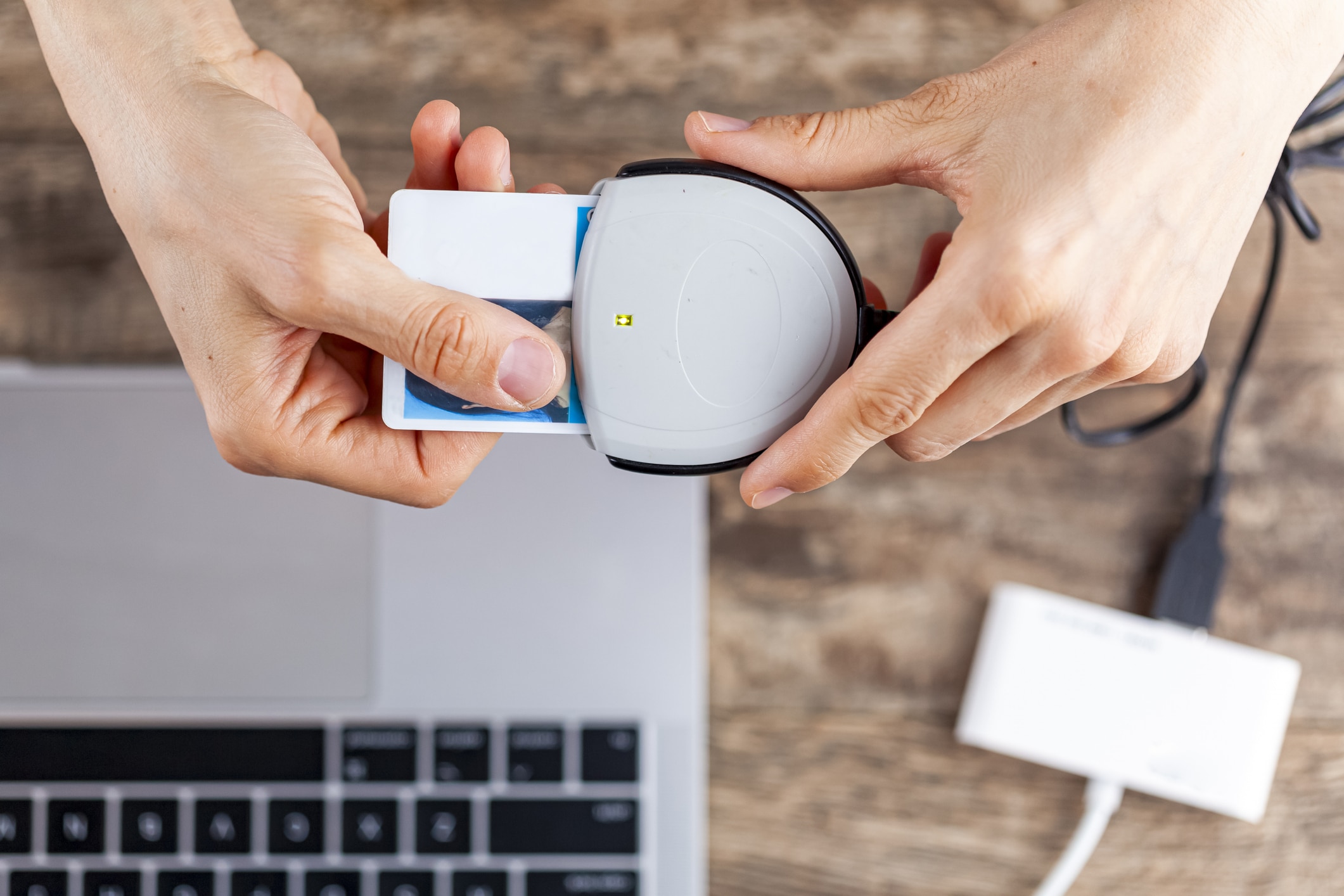
Welcome to VetsForever. Alright, let’s break down what you need to know about PIV cards. If you’re dealing with government agencies, security protocols, or just trying to figure out what all those acronyms mean, you’ve come to the right place. Think of this as your veteran-to-veteran guide to understanding Personal Identity Verification (PIV) cards. No fluff, just the straight skinny.
What is a PIV Card?
A Personal Identity Verification (PIV) card is a smart card used by U.S. Federal employees and contractors. It’s basically a high-tech ID that provides secure access to federal facilities and information systems. It’s more than just a photo ID; it’s a key to a digital and physical world, all rolled into one.
Think of it like this: remember when you needed a CAC (Common Access Card) in the military? A PIV card is the civilian equivalent, but with potentially broader applications depending on your agency and role.
What Kind of Cards ARE PIV Cards?
PIV cards are smart cards, meaning they have an embedded integrated circuit. This circuit stores your digital identity credentials. Here’s a breakdown of what that means:
- Contact vs. Contactless: PIV cards can be contact-based, meaning you insert them into a reader, or contactless, using RFID (Radio-Frequency Identification) technology. Many are now hybrid, offering both options.
- Encryption: The card uses cryptographic keys to authenticate your identity. This is how it ensures secure access.
- Data Storage: It stores personal information, biometric data (sometimes), and digital certificates.
PIV Card Functionality and Uses
So, what can you actually do with a PIV card? Here’s a rundown:
- Physical Access: Open doors to federal buildings and controlled areas. No card, no entry.
- Logical Access: Log into government computers and networks. Say goodbye to easily guessed passwords (in theory, anyway).
- Digital Signatures: Digitally sign documents and emails, ensuring authenticity.
- Encryption: Encrypt emails and data, protecting sensitive information.
- Two-Factor Authentication: Combining the card with a PIN (Personal Identification Number) creates a strong authentication method.
Can You Use a PIV Card as ID?
While a PIV card is a form of identification, its primary purpose is secure access. Can you use it as a general ID like a driver’s license? The answer is usually no. Here’s why:
- Limited Acceptance: Most businesses and organizations outside the federal government won’t recognize or accept a PIV card as a valid form of ID.
- Specific Purpose: It’s designed for federal use, not for proving your age at the local watering hole.
- Privacy Concerns: The information on the card might be more detailed than what’s necessary for general identification purposes.
So, keep your driver’s license or state-issued ID handy for everyday use. The PIV card is for official business.
How Long Does It Take to Get a PIV Card?
Alright, let’s talk about timelines. Getting a PIV card isn’t exactly like ordering a pizza. The process can take some time. Here’s a general idea:
- Enrollment: This involves providing your personal information, undergoing a background check, and getting fingerprinted. This can take a few days to a couple of weeks, depending on the agency’s procedures and backlog.
- Background Check: The results of your background check need to come back clean. This can be the biggest variable, ranging from a few days to several weeks (or even longer in some cases).
- Card Issuance: Once the background check clears, the card itself can be issued relatively quickly, usually within a few days.
Total Time: Expect the entire process to take anywhere from 2 weeks to a couple of months. Patience is key, troop.
The PIV Card Issuance Process: A Step-by-Step Guide
To give you a clearer picture, here’s a breakdown of the typical PIV card issuance process:
- Initiation: Your agency or sponsoring organization initiates the process.
- Application: You’ll fill out an application form, providing necessary personal information.
- Identity Proofing: You’ll need to provide documentation to verify your identity (birth certificate, passport, etc.).
- Fingerprinting: You’ll get fingerprinted, and those prints will be checked against various databases.
- Background Check: A background check is conducted to ensure you meet security requirements.
- Sponsorship: A sponsoring official within your agency will vouch for you.
- Card Activation: Once the card is issued, you’ll need to activate it, usually by setting a PIN.
Common Issues and How to Avoid Them
Like any government process, getting a PIV card can come with its share of headaches. Here are some common issues and how to avoid them:
- Delays in Background Checks: Ensure you provide accurate information on your application to minimize delays. Any discrepancies can raise red flags.
- Incorrect Information: Double-check all the information you provide. Even a small typo can cause problems.
- Lost or Stolen Cards: Report lost or stolen cards immediately. Unauthorized use can compromise security.
- Technical Issues: Sometimes the card reader or software can act up. Contact your IT support for assistance.
PIV Cards and TSA PreCheck
You can’t always use a PIV card for TSA PreCheck; it’s limited to employees ofcertain federal agencies (like the DoD and DHS) who participate in the program and whose roles involve frequent official travel and extensive background checks. If you’re a federal employee with a PIV card, confirm with your agency’s security office if your card is enabled for PreCheck. For veterans not in federal service, a PIV card isn’t your way into PreCheck; you’d typically apply directly or use programs like Global Entry.
Final Thoughts
Navigating the world of PIV cards can seem daunting, but understanding their purpose and functionality can make the process smoother. Remember, this card is your key to secure access in the federal realm. Treat it with respect, keep your PIN safe, and you’ll be squared away. If you have more questions or run into issues, reach out to your agency’s security personnel. They’re there to help. You had a question about PIV cards, and you came to the right place. The VetsForever team is here to dig in and get you some answers.
And if you need assistance with other VA-related matters, remember VetsForever has your six. We’re here to provide smart, savvy, and straight-talking advice to help you get the benefits you deserve.

